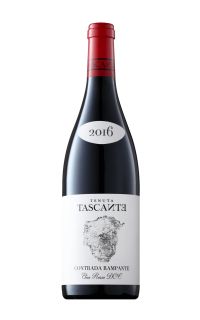The history of the Italian wine estate Tasca d’Almerita’s history dates back to 1830. In this year, the brothers, Lucio and Carmelo Mastrogiovanni Tasca purchased 1200 hectares of area located in the Regaleali Contrada in Sicily. The brothers introduced novel agricultural technologies in this farm, as a result of which, it was named a “model farm” of those times. In the 1890s, the vineyards of Tasca family witnessed a huge destruction because of the phylloxera pandemic. Therefore, a nursery was created at Villa Camastra to graft grapevines on healthy soils.
The year 1901 saw a huge development for the brothers, as they created the Camastra using the indigenous varietals of Catarratto and Inzolia, along with the blends of Sauternes. By 1950, the farm was restructured and its 1200-hectare area was reduced to 500 hectares. Within four years, the family planted its first vineyard, San Lucio, where the brothers planted Nero d’Avola varietals. In 1960, the label created its first white wine, the Regaleali white, which continues to be the flagship wine of the brand to date. This wine is made from a blend of Inzolia, Catarratto and Greganico varietals.
By the early 1970s, Lucio Tasca planted four international varietals (Cabernet Sauvignon, Chardonnay, Pinot Noir and Sauvignon Blanc) on the family estate. In 2001, the brothers’ search for supreme wine-producing land ended when they set up the Capofaro Malvasia and Resort in the Salina Island. The winemaking of all grapes from the Mozio Island also came under the responsibility of this group by 2007.
In 2016, the Tasca family expanded the Tascante project by setting up another winery and vineyard in Marchesa. Currently, Tasca d’Almerita wines are produced from grapes grown in the five fertile Sicilian estates, namely, Regaleali, Capofaro, Tascante, Whitaker, and Sallier de La Tour.
https://www.tascadalmerita.it/en/wines/tascante
Find out more

















